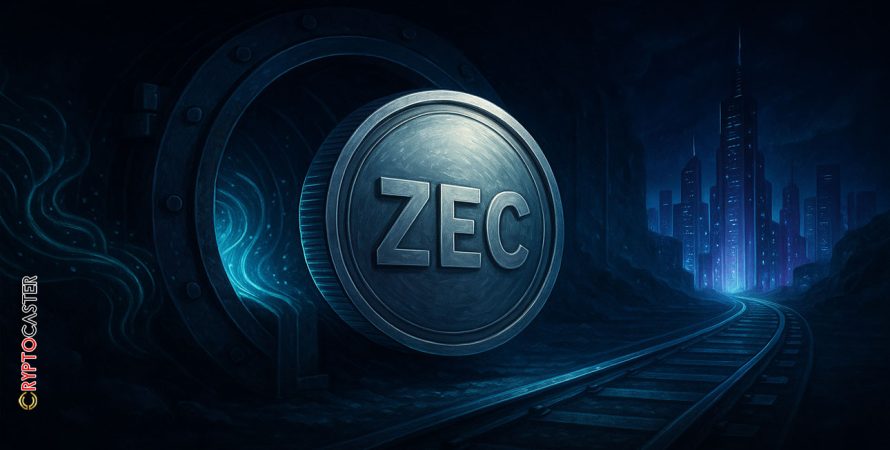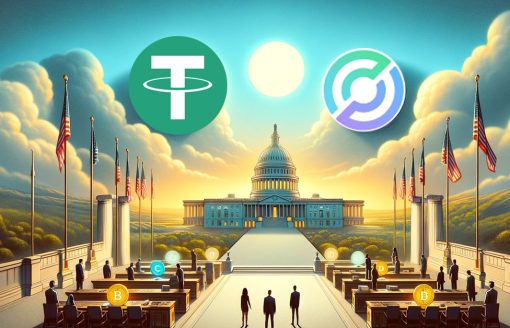After years of relative quiet, Zcash (ZEC) is suddenly in the spotlight again. A sharp price rally, new privacy-first features from the Zashi wallet, and fresh debates about financial transparency have all pushed the coin back into the conversation.
Stay in the know on crypto by frequently visiting Crypto News Today
The Surge That Sparked Attention
Zcash surged over 100% in late September and early October, catching the market off guard. Social amplification—crypto influencers touting its upside—helped accelerate the move. Some speculators went as far as to float $1,000 targets, a reminder that narrative can move price as fast as fundamentals.
CryptoCaster Quick Check:
What’s Driving the Buzz
- Zashi CrossPay — Launched September 16, it allows shielded ZEC to be sent privately while the recipient receives BTC, SOL, or USDC on another chain. Zcash is positioning itself as a privacy rail for cross-chain payments.
- New Off-Ramp Tools — The latest Zashi updates enable decentralized shielding, unshielding, and swaps without relying on centralized exchanges.
- Upcoming NU7 Upgrade — The roadmap points to Zcash Shielded Assets (ZSAs) and other upgrades, keeping community attention high.
- Privacy Narrative Rotation — With regulators scrutinizing DeFi and stablecoins, the crypto market is re-discovering the appeal of optional privacy.
The Technology Edge
Unlike Monero, Zcash uses selective privacy: transactions can be transparent or fully shielded via zk-SNARKs. Viewing keys allow for compliance-friendly disclosure when needed—an important feature as regulators scrutinize privacy projects.
Challenges Ahead
- Exchange Limits: U.S. exchanges largely block transfers to shielded addresses, restricting full privacy in mainstream trading.
- Regulatory Risk: Governments continue to target privacy coins, raising delisting and compliance concerns.
- Anonymity Caveats: Academic studies have shown that poor usage patterns (e.g., shielding then unshielding) reduce effective anonymity.
Why It Matters
Zcash’s resurgence is less about speculation and more about relevance. In a digital economy where every transaction is tracked, the demand for selective privacy—especially one that plays well with cross-chain payments—remains a potent narrative.
If this article brought you clarity, insight, or value—support the work that made it possible.
At CryptoCaster, we report on Web3, crypto markets, and institutional finance with no billionaire owners, no shareholders, and no hidden agenda. While mainstream media bends toward Elon Musk, BlackRock, and JPMorgan narratives, we stay focused on what matters: truth, transparency, and the public interest.
We don’t just cover the headlines—we investigate the power structures behind them. From FTX and Ripple to the quiet push for CBDCs, we bring fearless reporting that isn’t filtered by corporate interests.
CryptoCaster is 100% paywall-free. Always has been. To keep it that way, we depend on readers like you.
If you believe independent crypto journalism matters, please contribute—starting at just $1 in Bitcoin or Ether. Wallet addresses are below.
Your support keeps us free, bold, and accountable to no one but you.
Thank you,
Kristin Steinbeck
Editor, CryptoCaster
Support CryptoCaster: The Unfolding of Money
At CryptoCaster.world, we’re dedicated to bold journalism, sharp insights, and fearless commentary across blockchain, Web3, and crypto markets. Your **Bitcoin contributions** help us stay independent and continue delivering signal over noise.
🚨 CryptoCaster does not offer investment advice. Always DYOR—volatility is real, and risk tolerance matters.
Support our mission. Contribute BTC today.
🔗 Bitcoin Address:
3NM7AAdxxaJ7jUhZ2nyfgcheWkrquvCzRm
Thank you for backing our journalistic lens as we chronicle the Unfolding of Money — a saga still being written in real time.![]()
CRYPTOCASTER HEATMAP








